The Trump Administration is levying sanctions on Russia for violating a nuclear arms pact. It’s a response the Obama Administration failed to make. The White House move is part of its attitude of realism in dealing with international threats.
Todd South, writing in Military Times, notes that “Between 2007 and 2016, Russia increased military spending by 87 percent, according to a June policy brief by the European Leadership Network…” Moscow’s dramatic escalation came at a time when the U.S. had reduced its military spending and its presence in Europe.
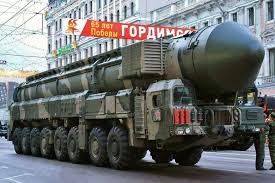
In addition to its enhanced conventional capabilities, Moscow has made major upgrades to its strategic nuclear forces. Bill Gertz, writing in the Free Beacon reports: “Russia is aggressively building up its nuclear forces and is expected to deploy a total force of 8,000 warheads by 2026 along with modernizing deep underground bunkers, according to Pentagon officials. The 8,000 warheads will include both large strategic warheads and thousands of new low-yield and very low-yield warheads to circumvent arms treaty limits and support Moscow’s new doctrine of using nuclear arms early in any conflict. In addition to expanding its warheads, Russia also is fortifying underground facilities for command and control during a nuclear conflict. One official said the alarming expansion indicates Russia is preparing to break out of current nuclear forces constraints under arms treaties, including the 2010 New START and 1987 Intermediate-range Nuclear Forces (INF) treaties. Russia violated the INF accord by testing an illegal ground-launched cruise missile. The new assessment also suggests Russia is planning to blend its conventional forces with nuclear forces in future conflicts.”
The Defense Intelligence Agency’s latest analysis of Russian military power notes that: “The resurgence of Russia on the world stage—seizing the Crimean Peninsula, destabilizing eastern Ukraine, intervening on behalf of Syrian President Bashar al-Assad, and shaping the information environment to suit its interests—poses a major challenge to the United States. Moscow will continue to aggressively pursue its foreign policy and security objectives by employing the full spectrum of the state’s capabilities. Its powerful military, coupled with the actual or perceived threat of intervention, allows its whole-of-government efforts to resonate widely. Russia continues to modernize its extensive nuclear forces and is developing long range precision-guided conventional weapons systems. It is manipulating the global information environment, employing tools of indirect action against countries on its periphery and using its military for power projection and expeditionary force deployments far outside its borders. Its ultimate deterrent is a robust nuclear force capable of conducting a massed nuclear strike on targets in the United States within minutes. Within the next decade, an even more confident and capable Russia could emerge. The United States needs to anticipate, rather than react, to Russian actions and pursue a greater awareness of Russian goals and capabilities to prevent potential conflicts. “Moscow’s ambitious rearmament program has driven the increase in defense spending. The Strategic Armament Program (SAP) called for spending 19.4 trillion rubles (equivalent to $285 billion) to rearm Ministry of Defense forces from 2011 through 2020.”
Western countries have frequently underestimated Russia’s resolve and its ability to field a powerful military. Just as it did at the turn of the 1900’s, Moscow has followed periods of loss and weakness, such as that which followed the collapse of the Soviet Union in 1991, with dramatic upswings of armed strength and military aggression. In the 1930’s, this led to an alliance with Nazi Germany and the invasion of Poland. In the aftermath of World War 2, despite the great strain Hitler’s invasion caused, Moscow built a massive empire by enslaving Eastern Europe. Putin, who greatly regrets the collapse of the USSR, has read his nation’s history, and has effectively commenced a course restoring Russia’s post-war dominance of Eastern Europe and the world-wide influence of Russian power.

Frank V. Vernuccio, Jr., J.D.
Frank Vernuccio serves as editor-in-chief of the New York Analysis of Policy & Government.


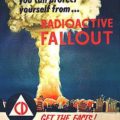
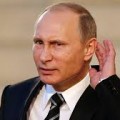
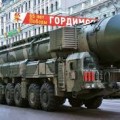
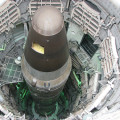











Follow Us